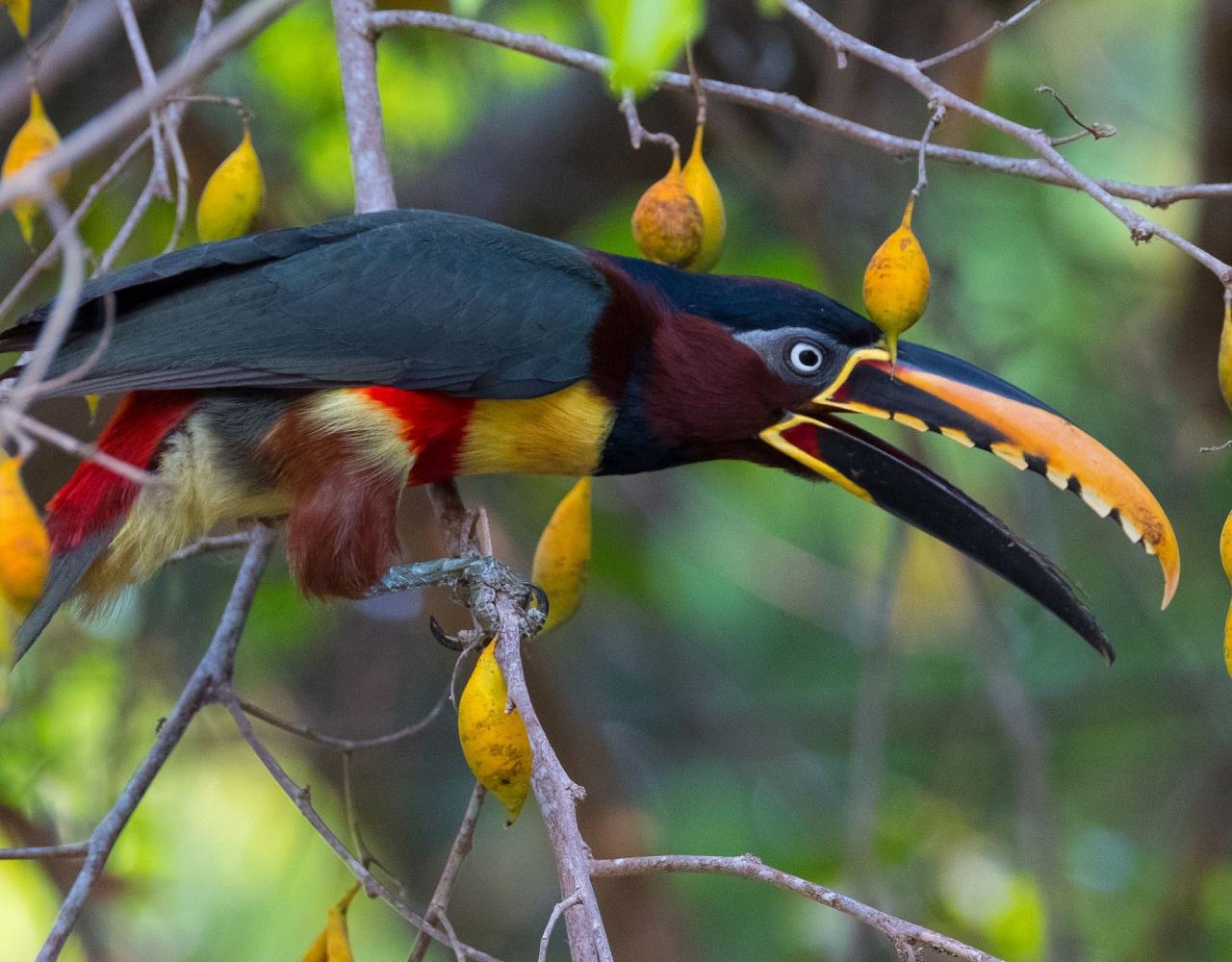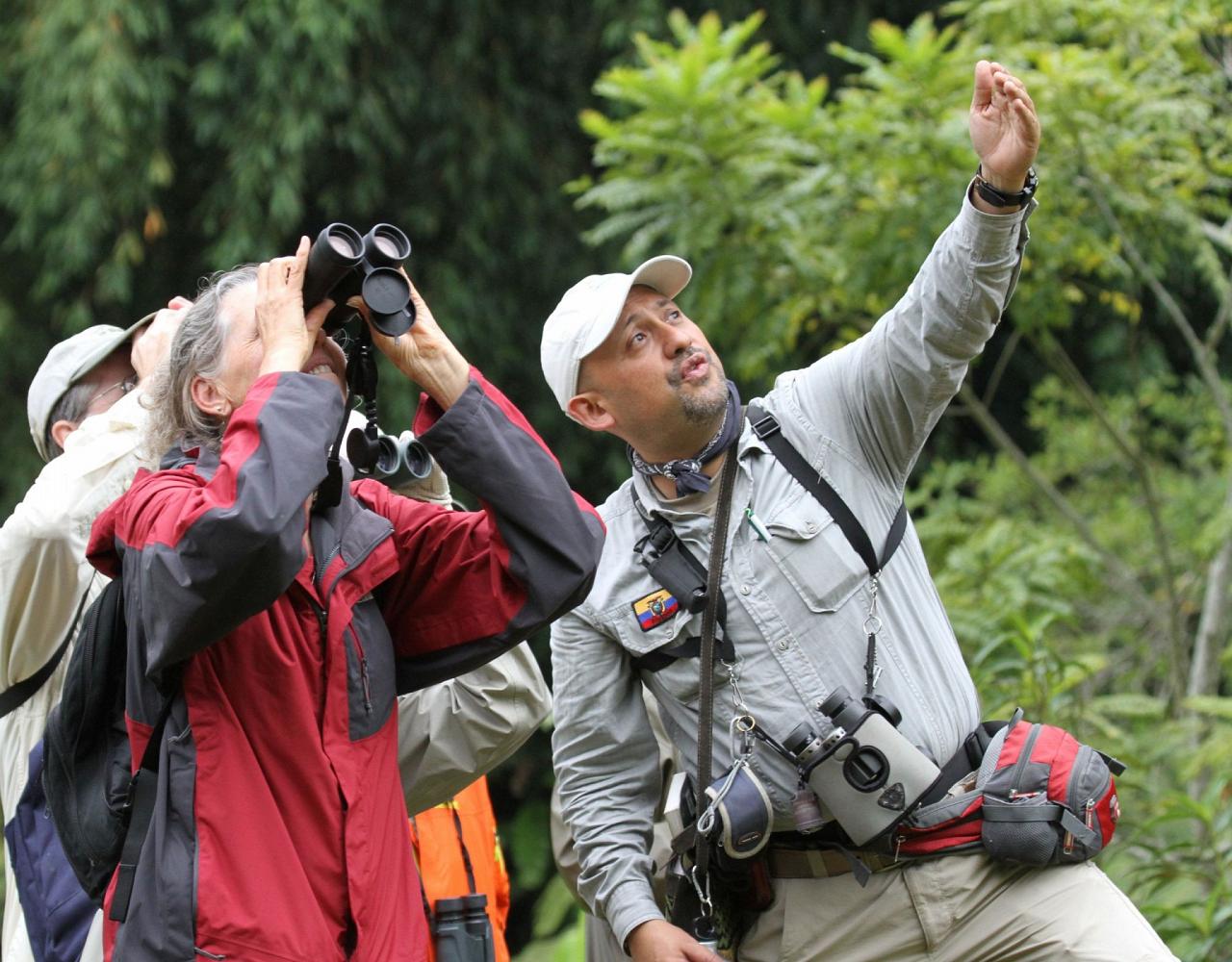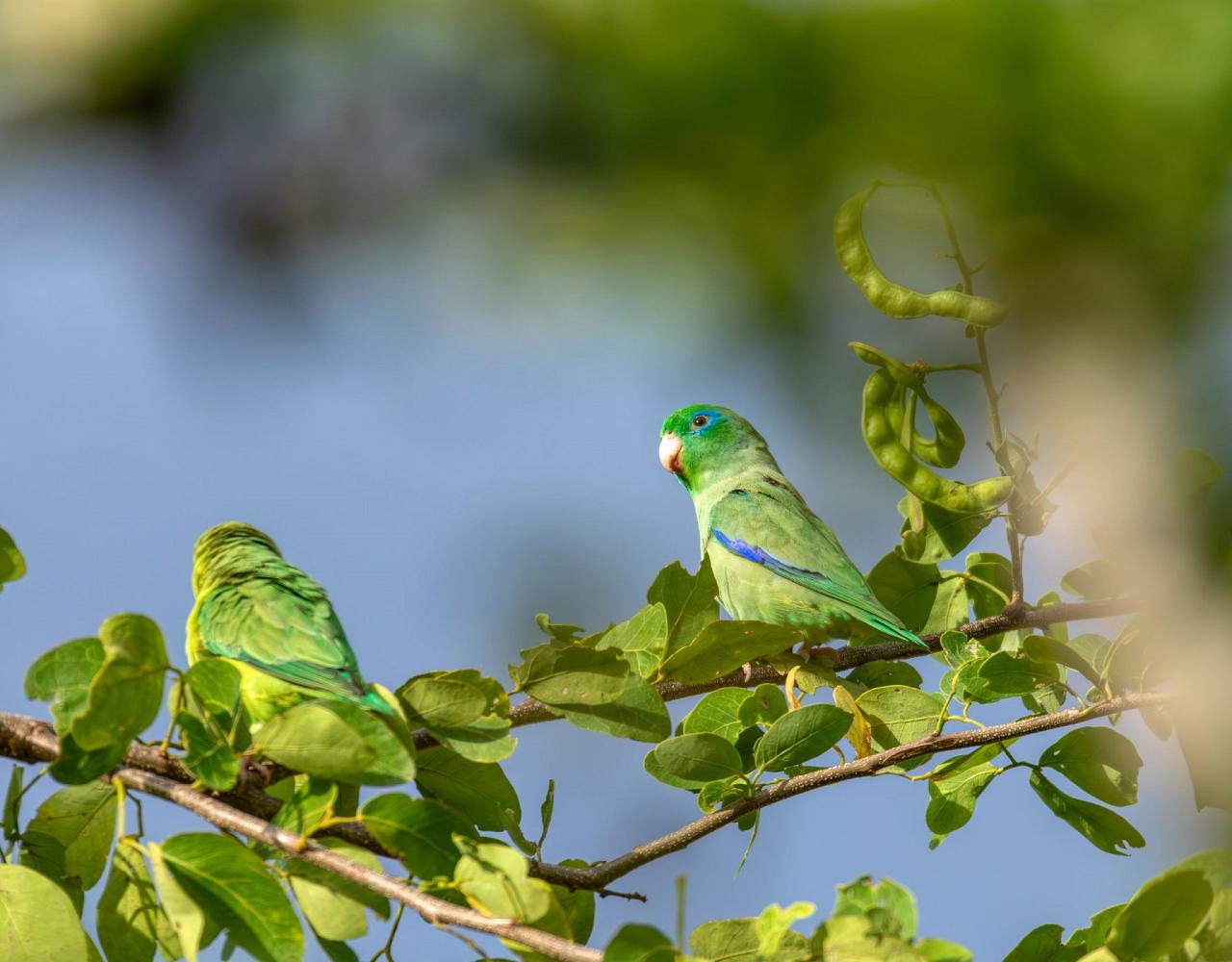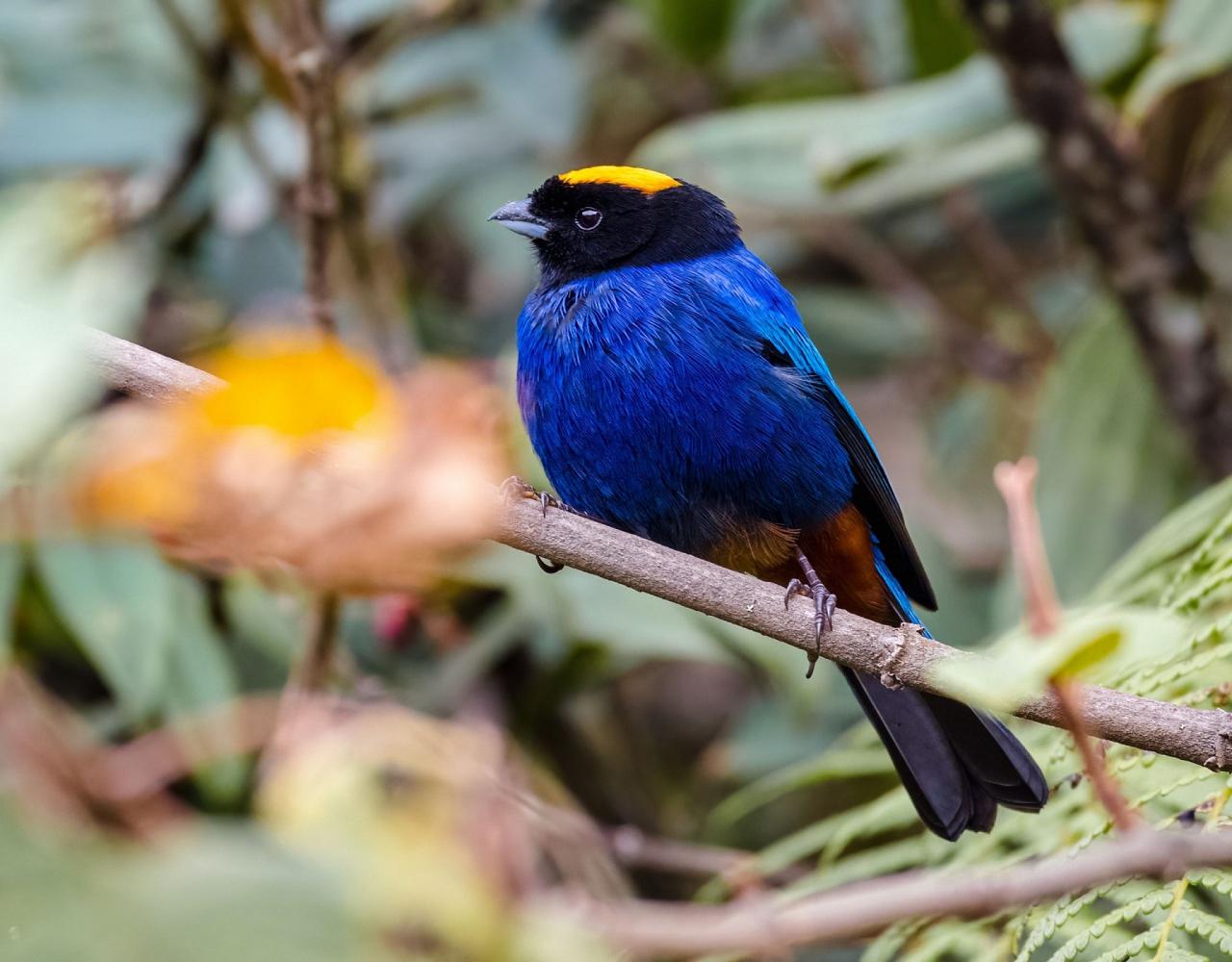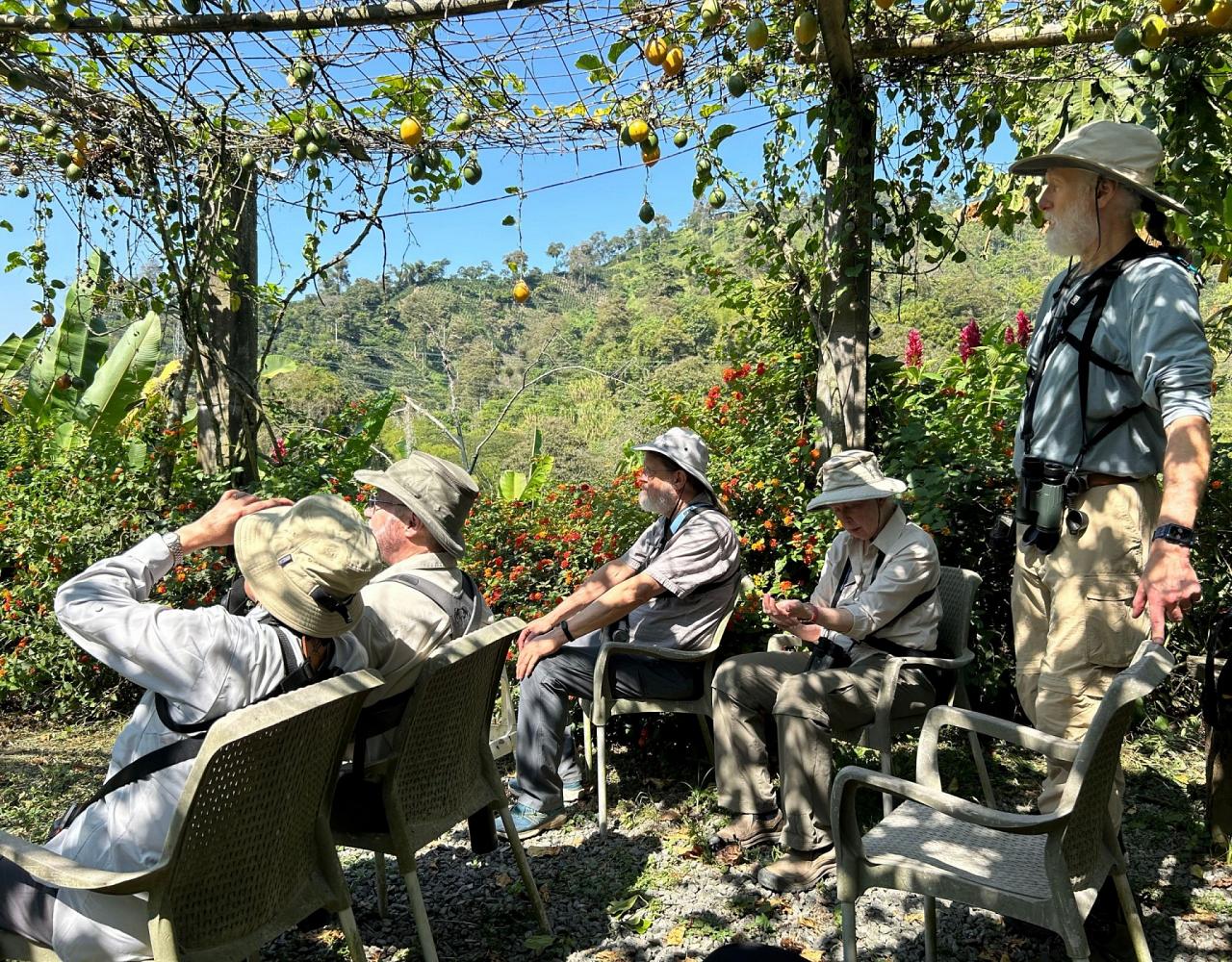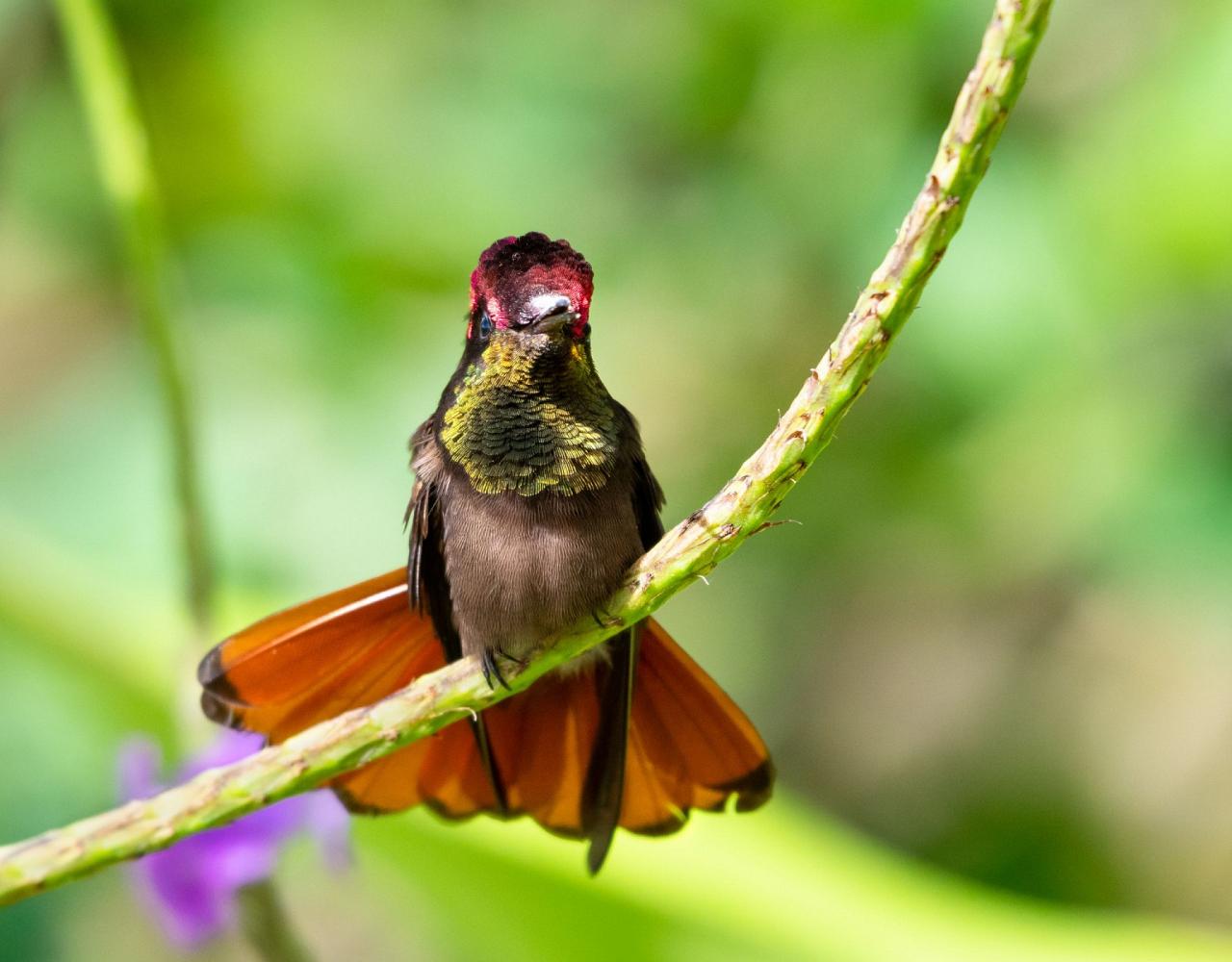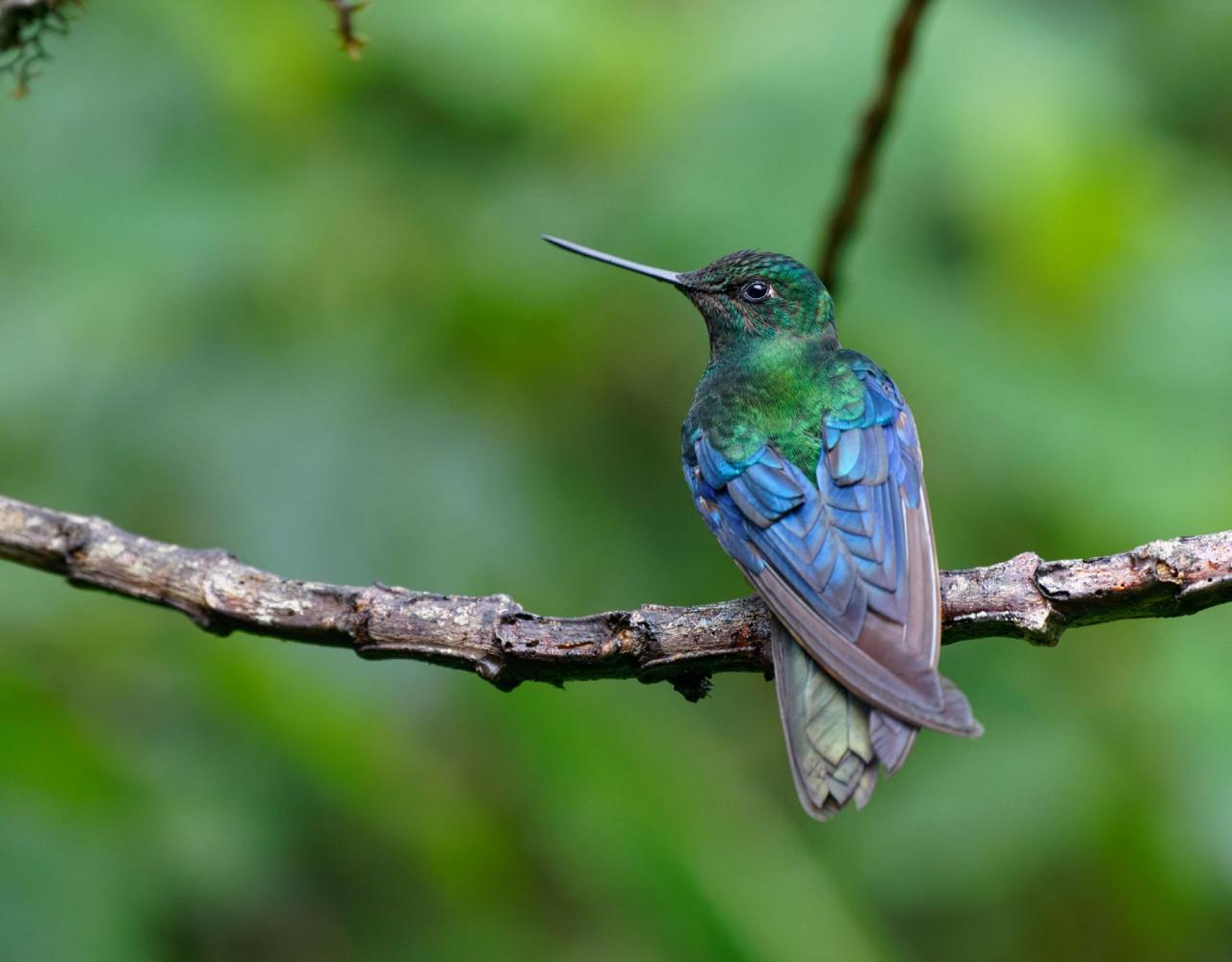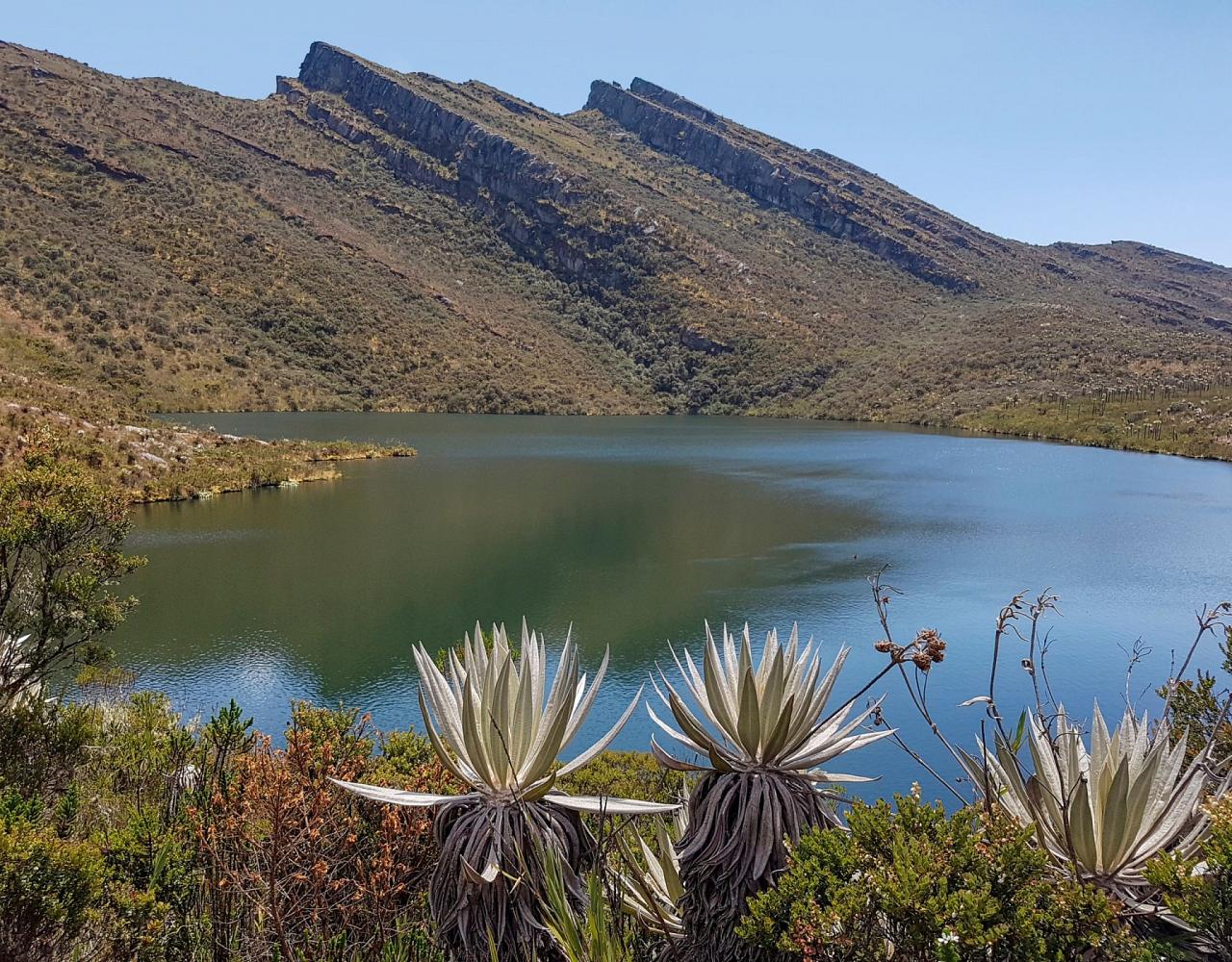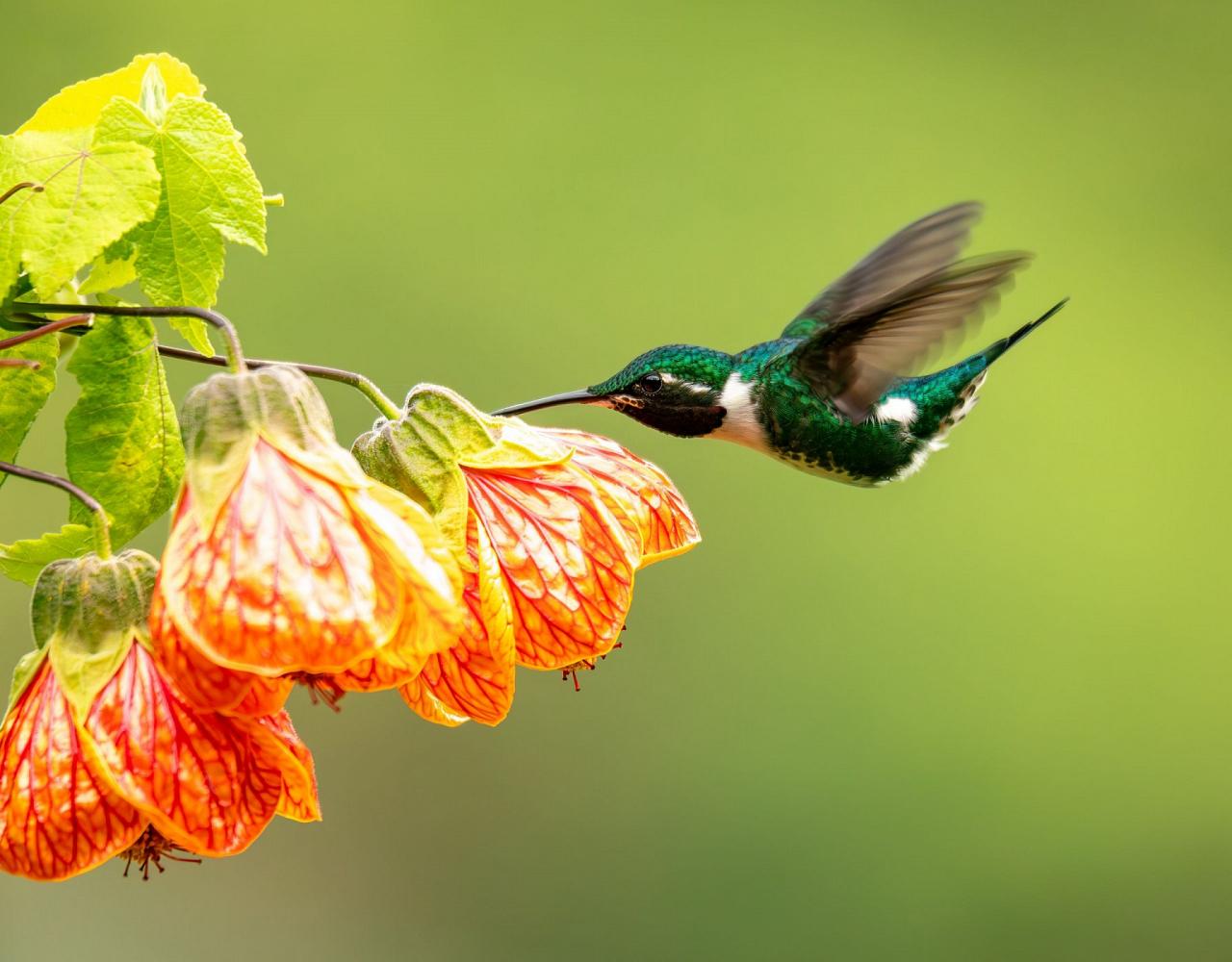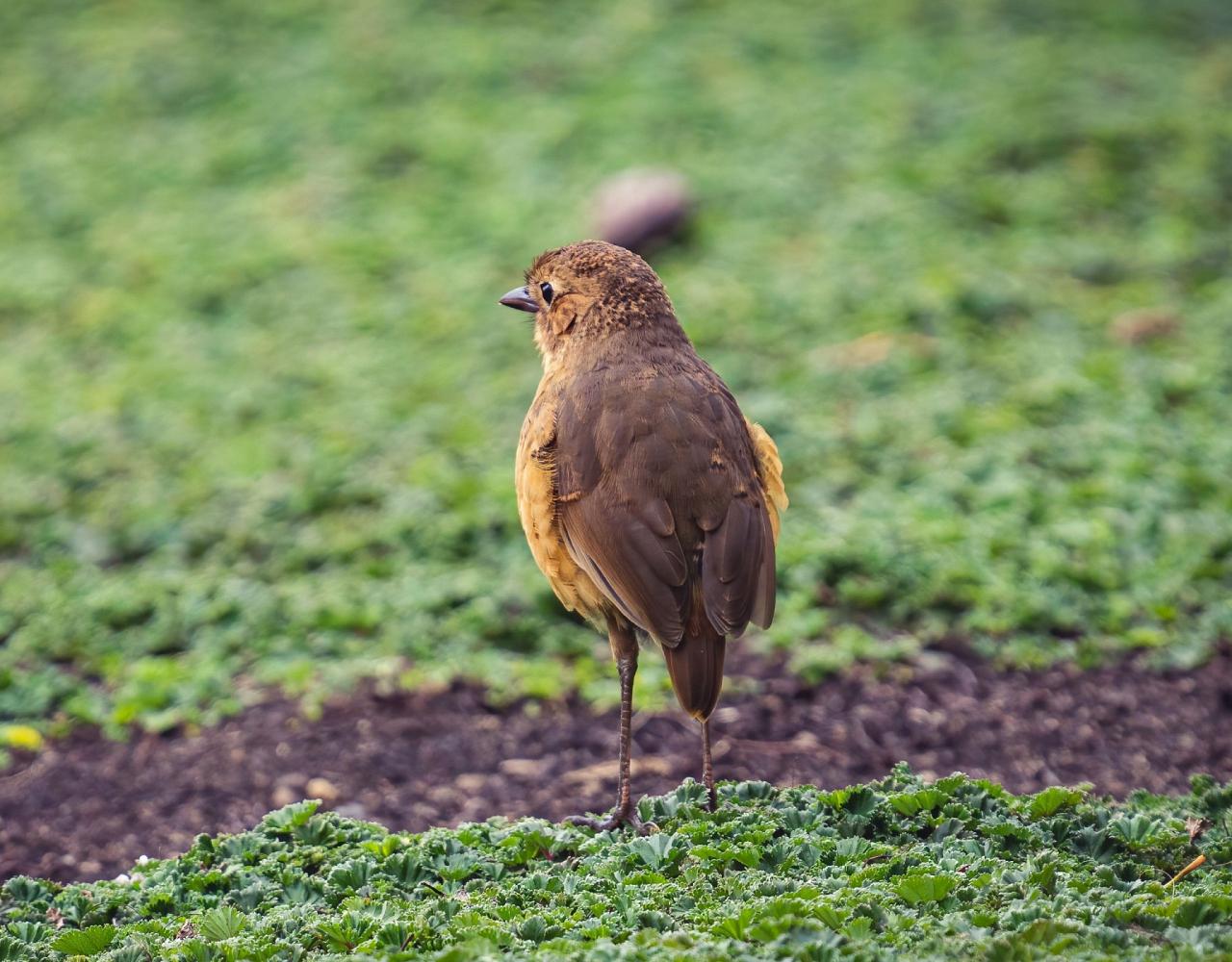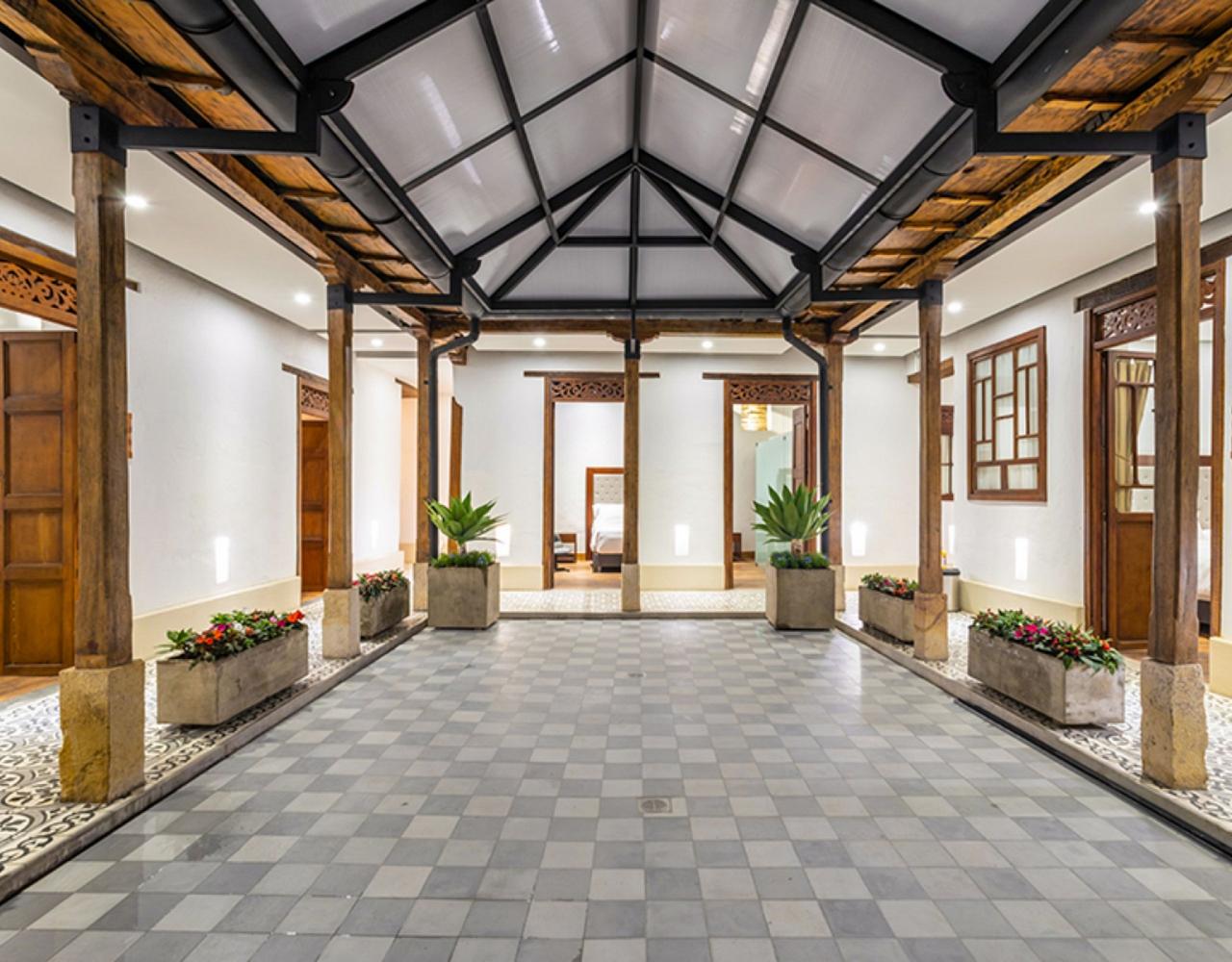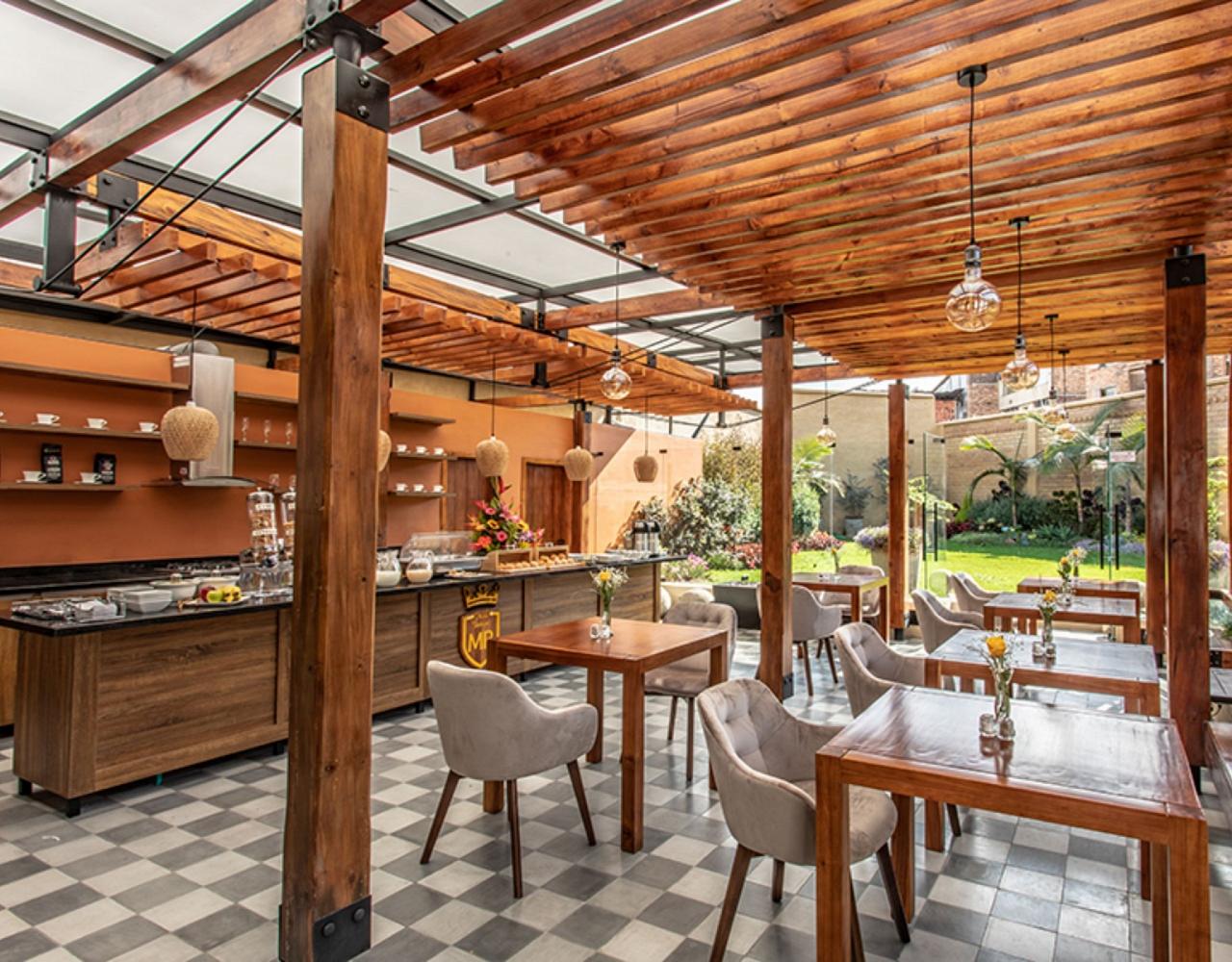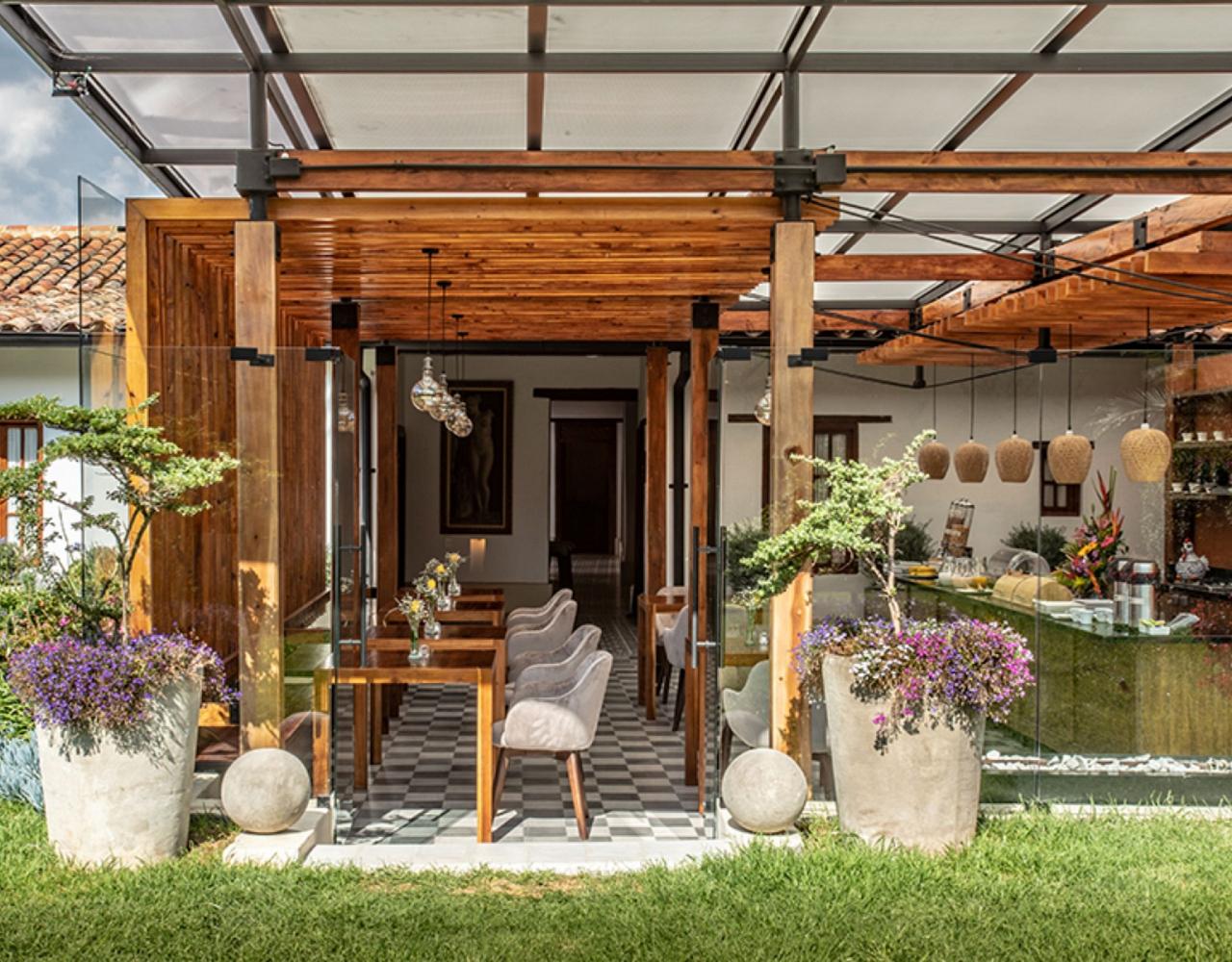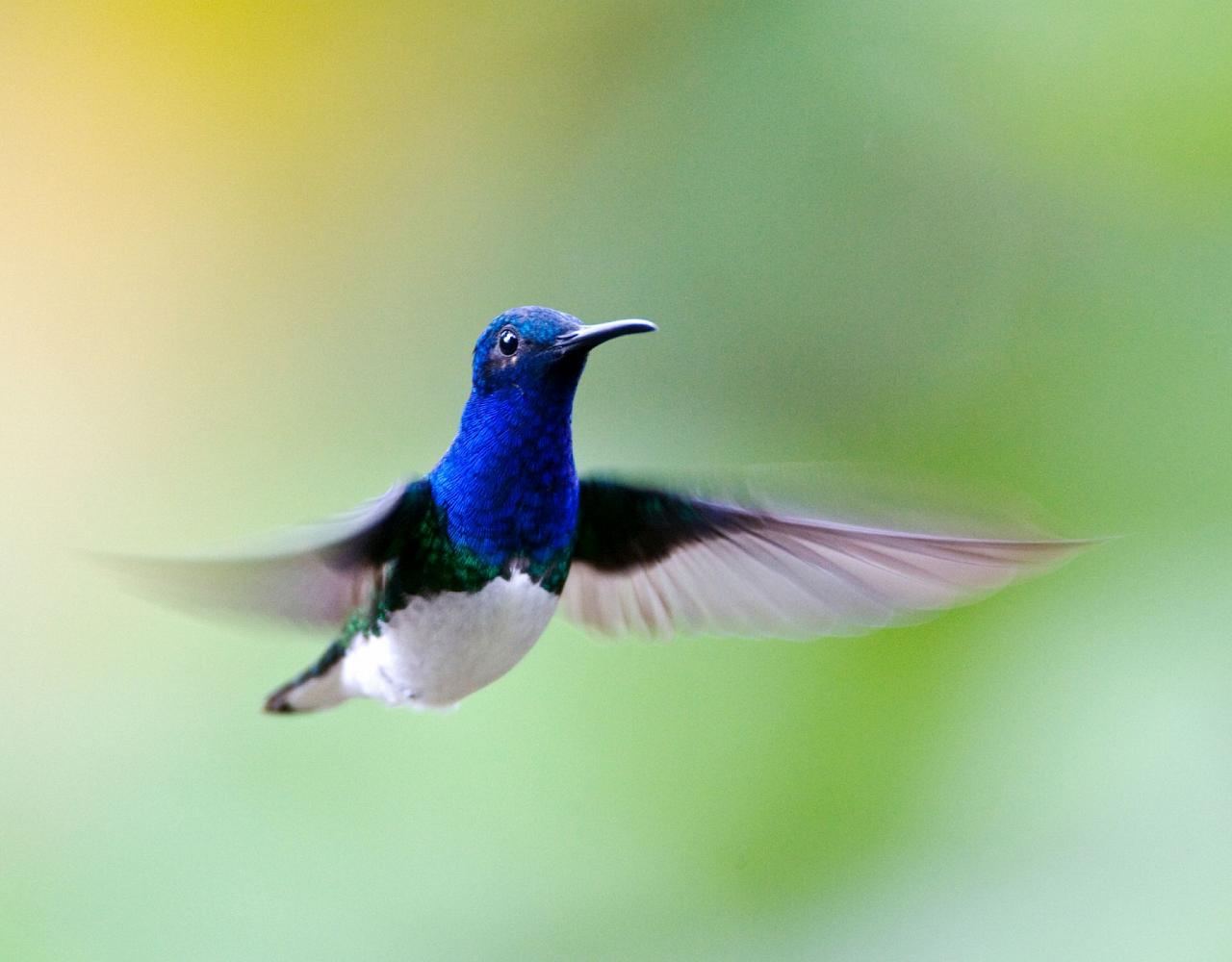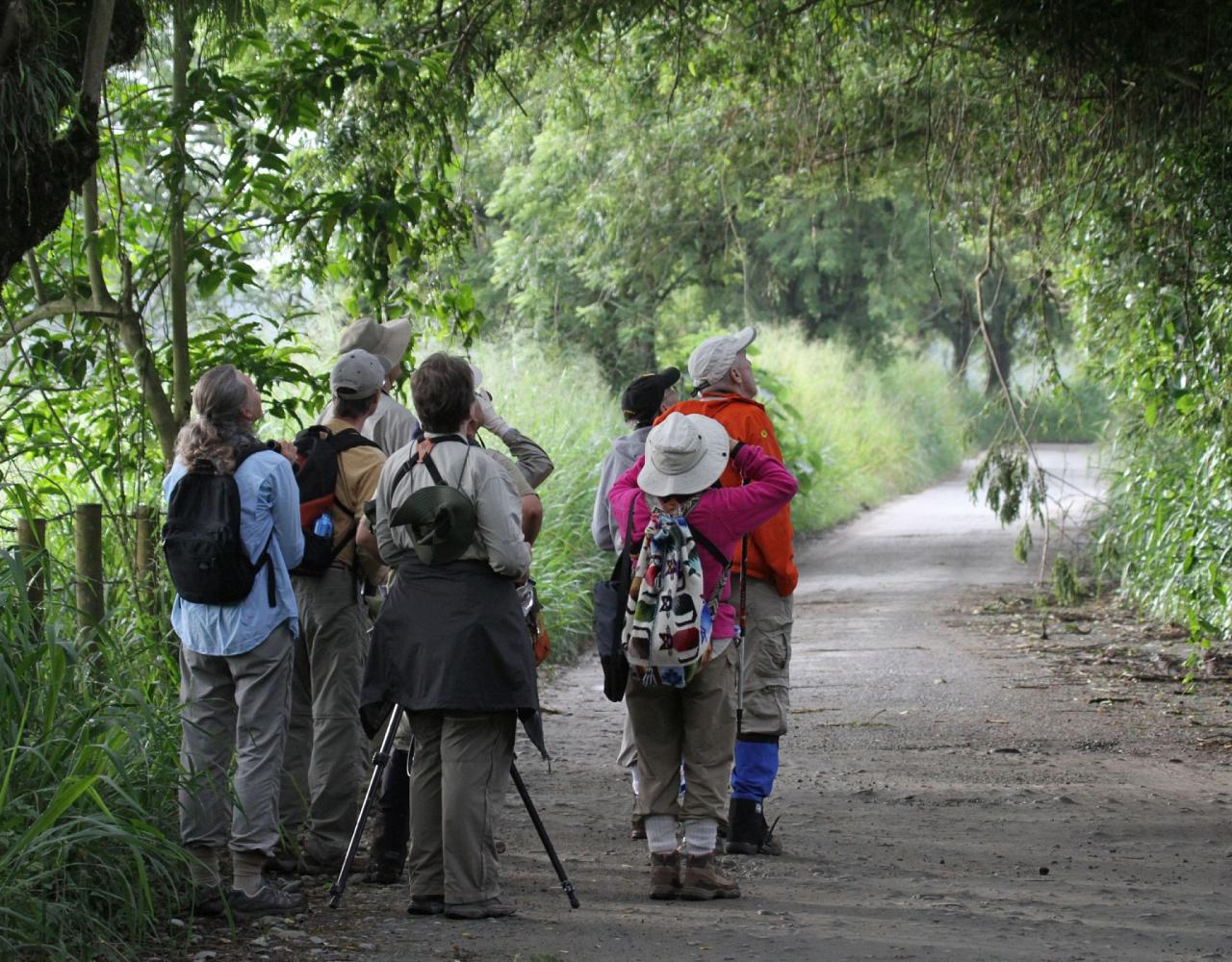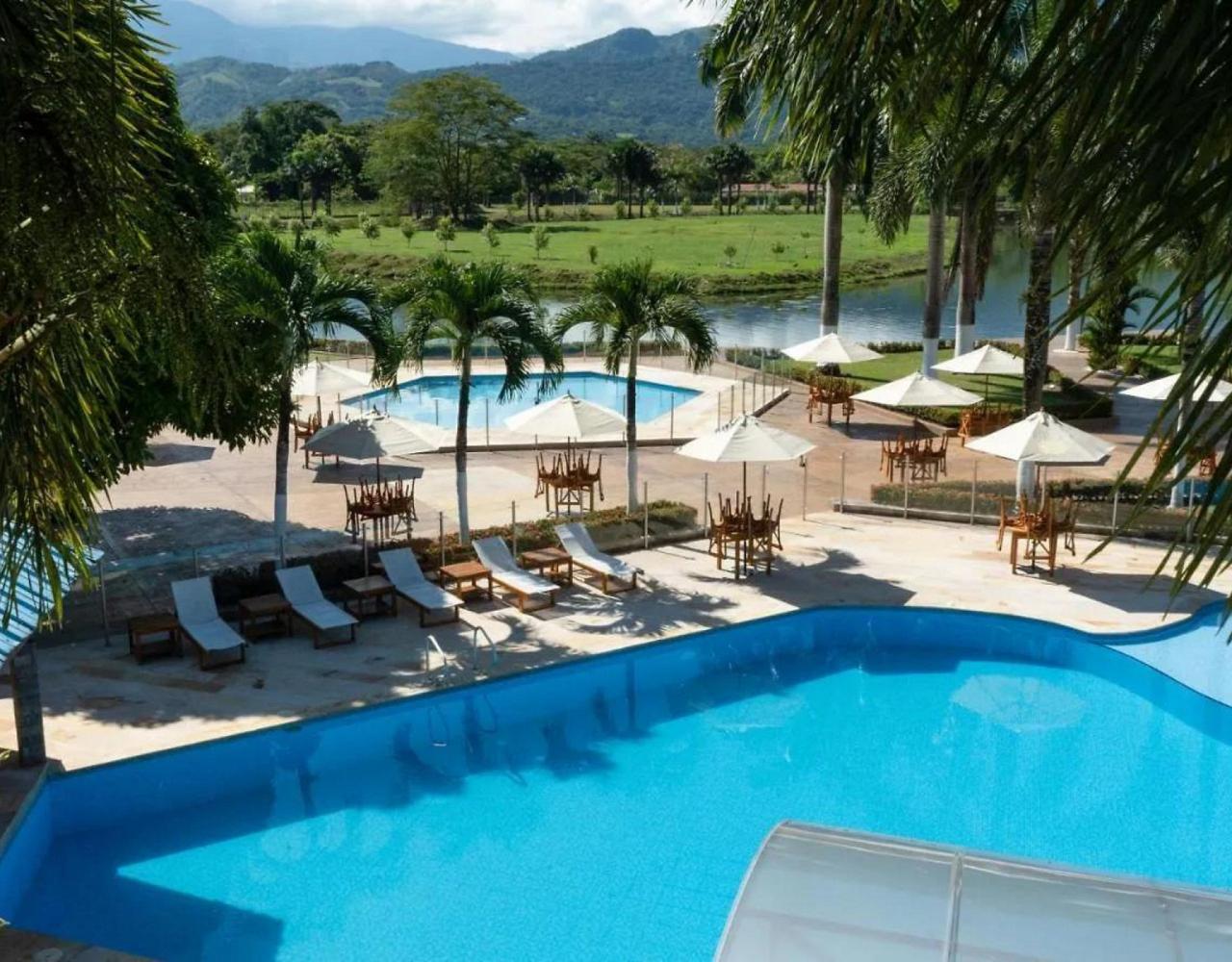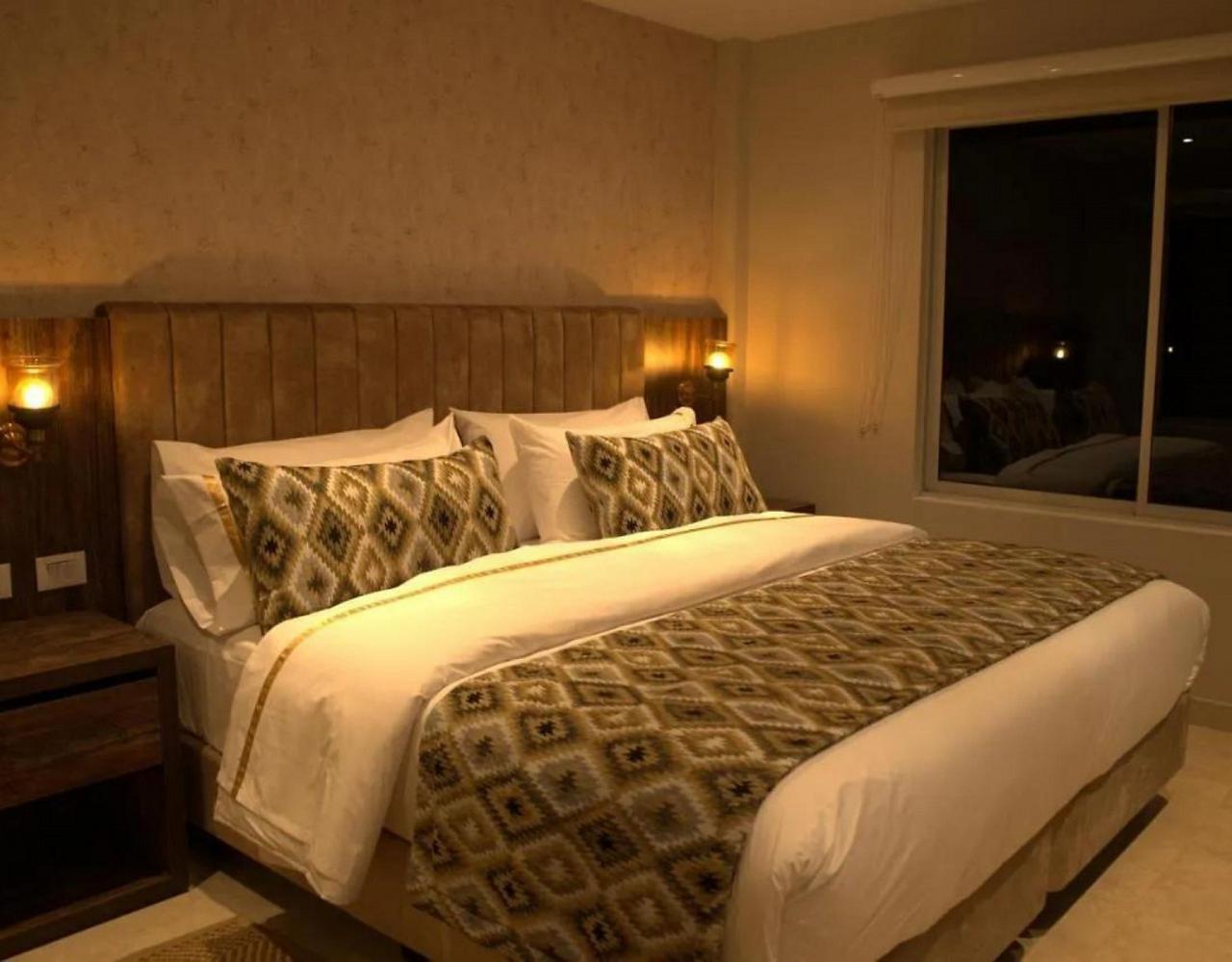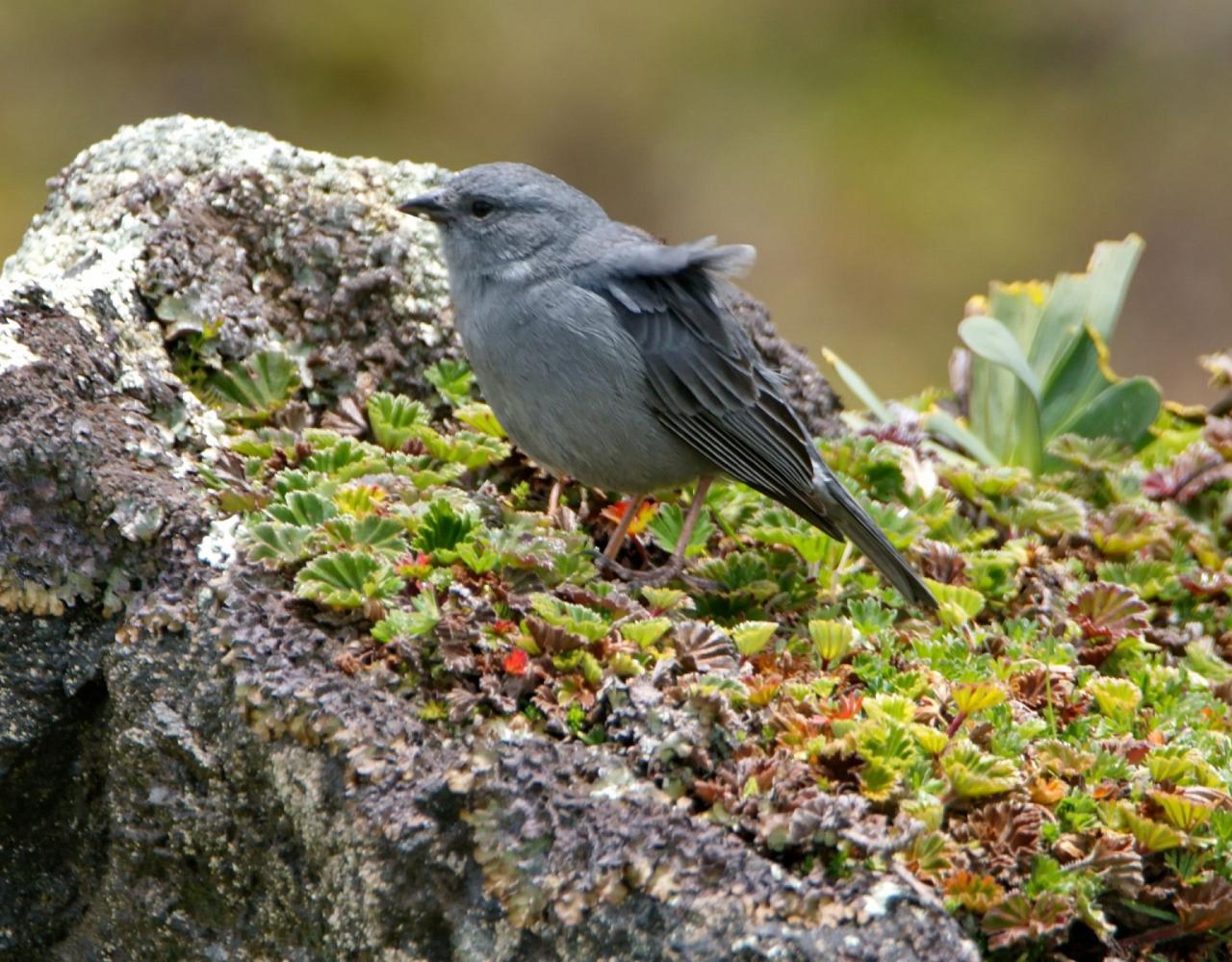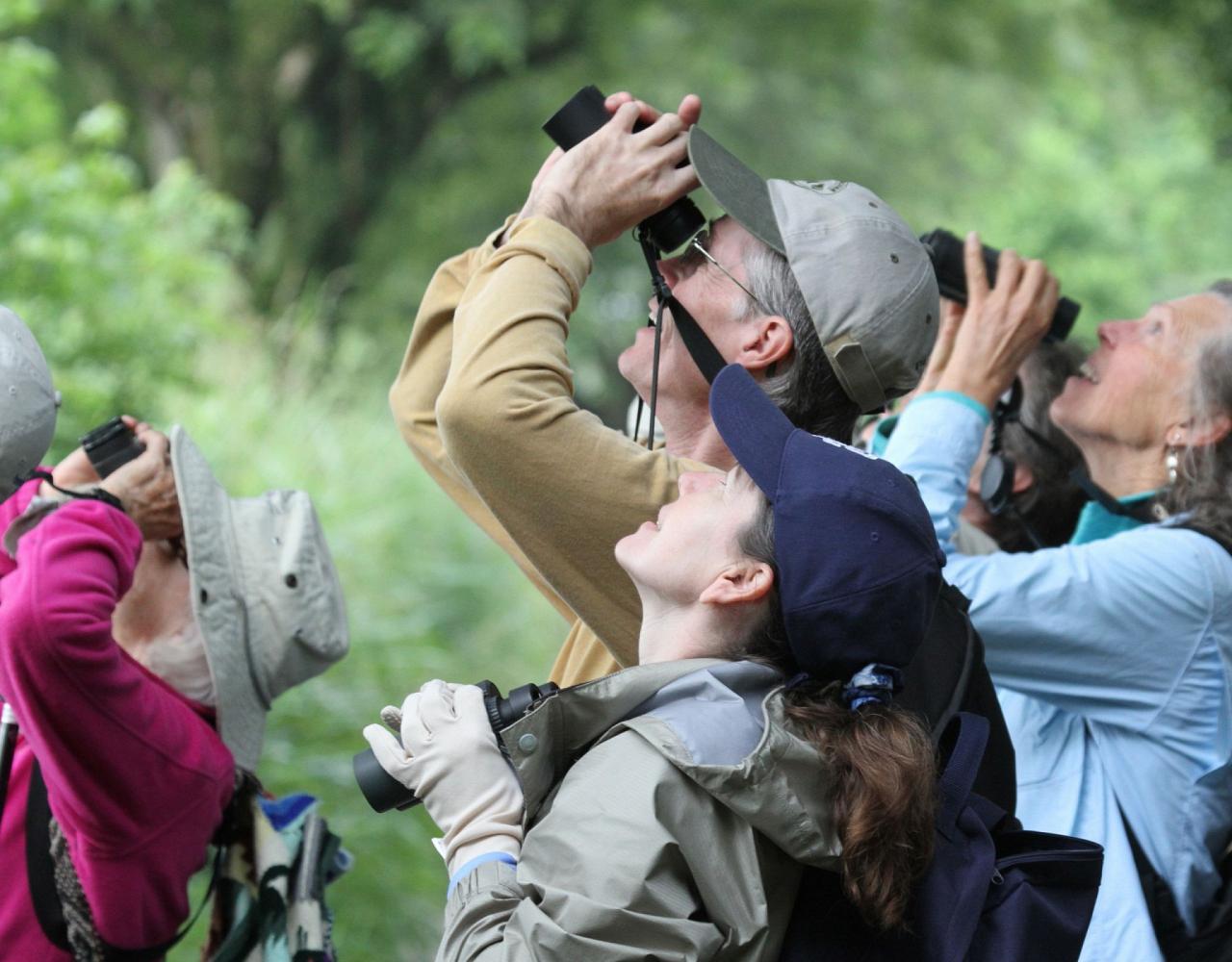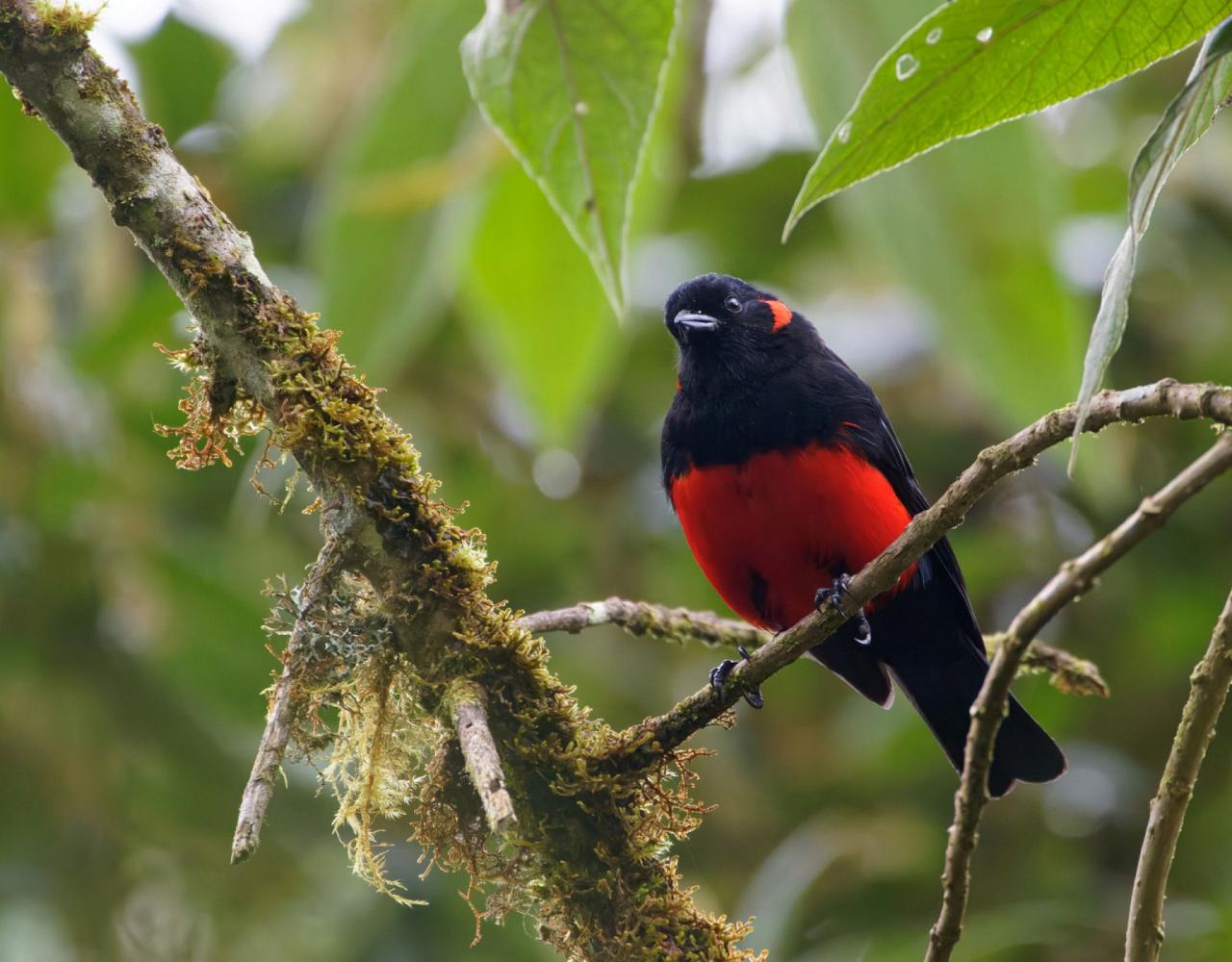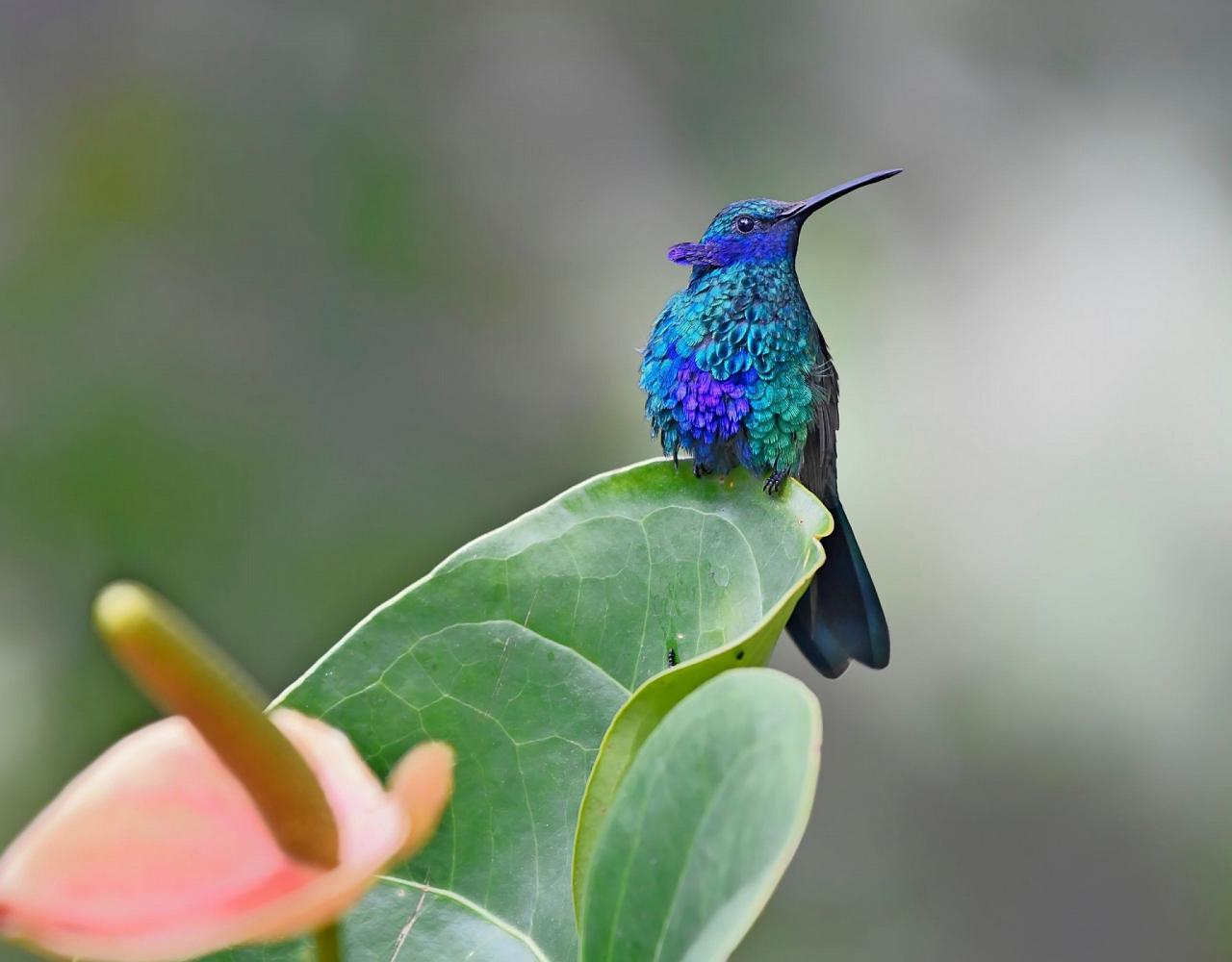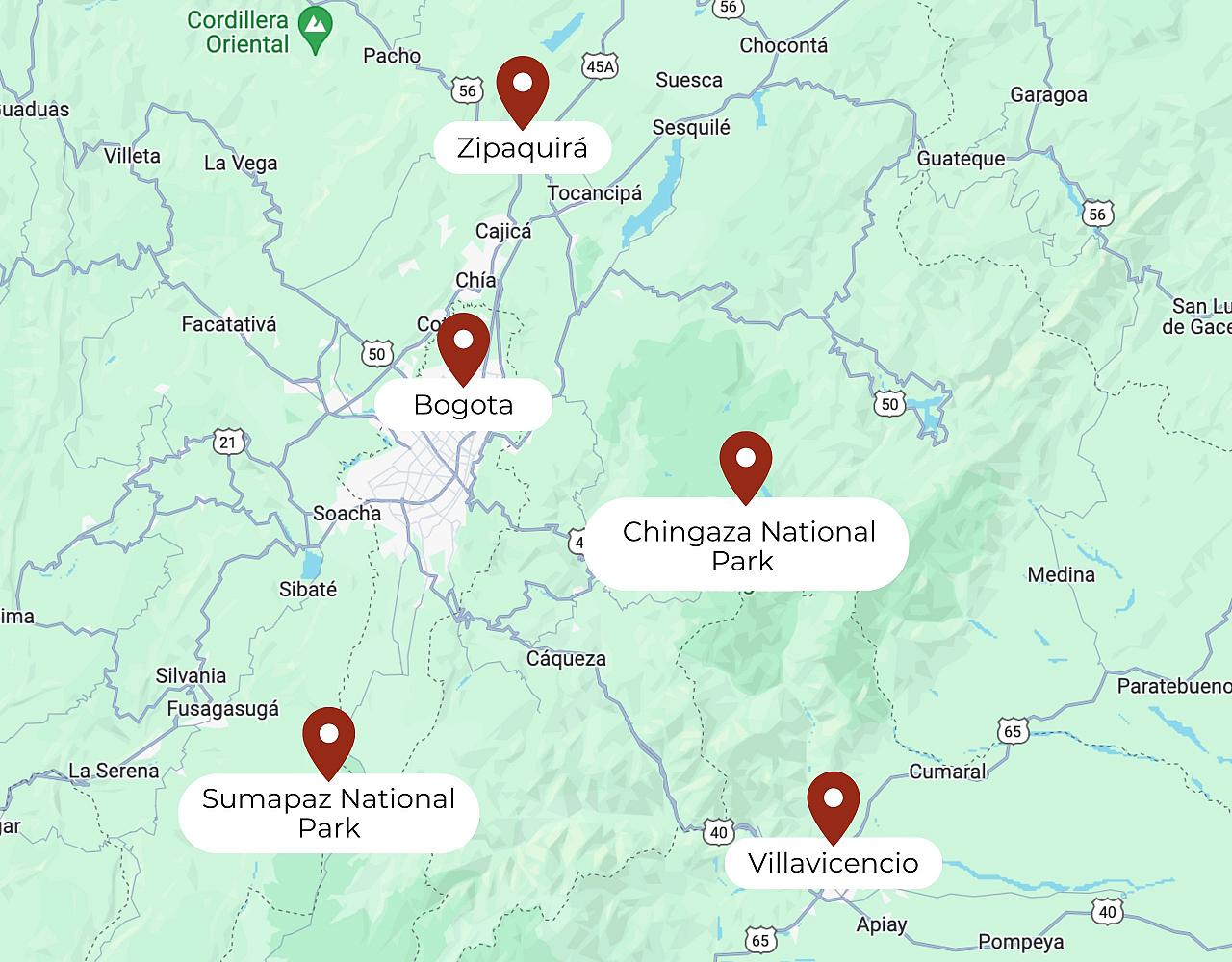- Overview
- Full Itinerary
- Photo Gallery
- Costing
- Travel Details
- Trip Reports
- Guide
- Map
- Know Before You Go
- Other Trips You May Like
NEW! This short and sweet Bogota-based Colombia birding tour is designed for a quick, birdy, and fun getaway. With more bird species than any other country in the world, a wide variety of stunning landscapes, and friendly hospitality, Colombia is a country that should be on everyone’s bucket list. The mild weather in winter and easy flight from Miami and other gateway cities just add to the appeal! Many Colombia itineraries are long, as there are many regions of the country to explore. After one visit we know you will want to return, so we’re pleased to offer a great short trip from Bogota for those of you on the go, or just wanting a quick getaway. Join Naturalist Journeys’ founder Peg Abbott for this year’s short trip, a seven-day exploration of two of the top Colombian sites sampling montane forests, páramo and lowland forests for a delightful week of birding. The number of hummingbirds alone is amazing!
Visit two national parks and explore birding hotspots near Bogota to give you a sample of what an amazing country Colombia is. Chingaza National Park, located in the Eastern Andes, lets you experience beautiful scenery and nearly 400 bird species leave you in awe. It is also one of the best places to see Spectacled Bear, a much sought-after South American mammal. Discover the birding hotspots of Tabacal Lake and Florida Park before turning south to Sumapaz National Park, which boasts the largest páramo ecosystem in the world along with an array of bird species, including endemics like Bogota Rail and Green-bearded Helmetcrest. This fascinating tundra-like environment hosts amazing flora as well, including lush cushion plants adapted to windswept open terrain.
Our final stop is Villavicencio, where we spend two days exploring the lowland foothills of Bosque Bavaria and Aitabu Forest, home to over 400 bird species. All of this in just seven days while enjoying a Naturalist Journeys pace and style: staying in wonderful accommodations, enjoying delicious meals, and of course, waking up every morning to a cup of world-renown Colombian coffee.
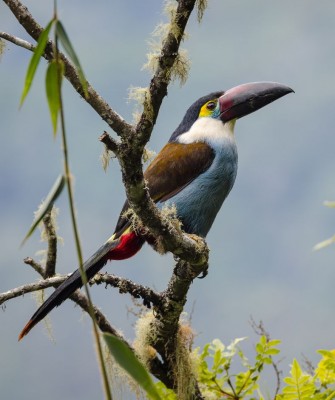
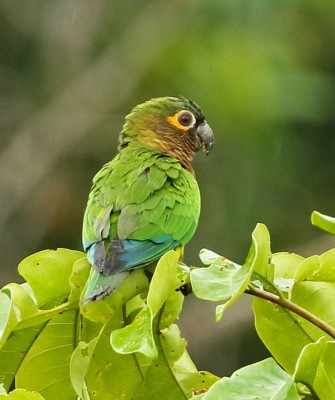
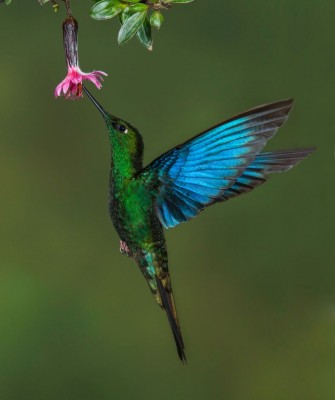
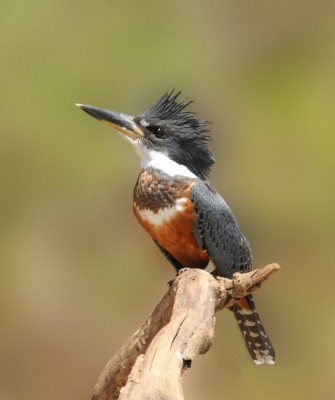
Tour Highlights
- Bird in a variety of habitats, from lowland tropical rainforests and wetlands to páramo and high Andean forests
- Visit Chingaza National Park for a variety of birds and mammals, including the chance to see Spectacled Bear!
- Search the subtropical forests of Tabacal Lake for White-bearded Manakin, the endemic Velvet-fronted Euphonia, and many colorful tanagers
- Explore the beautiful and unique páramo in Sumapaz National Park
- Spend two days exploring sites around Villavicencio for lowland species such as the distinctive Yellow-tufted Woodpecker, the brilliantly colored Blue Dacnis, and the beautiful Purple Honeycreeper
- Enjoy great photography opportunities with several feeder visits throughout the tour where a host of hummingbirds and tanagers await!
- Extend your stay on your own to explore Colombia’s capital city of Bogota
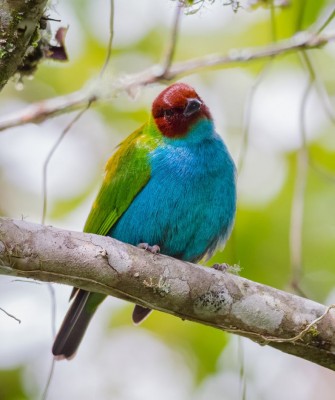
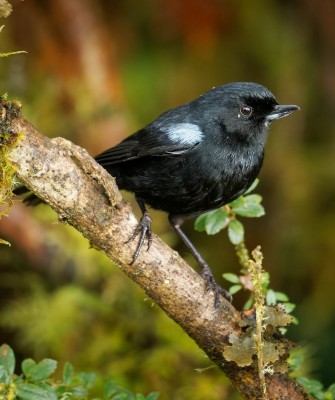
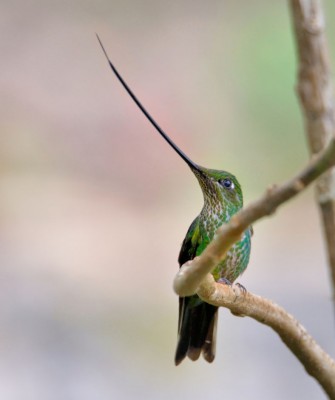
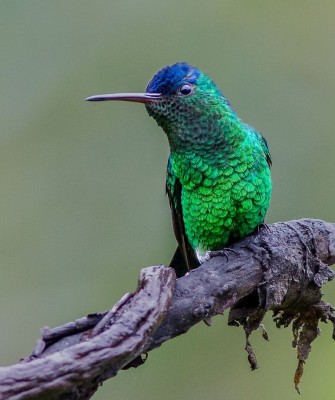
Trip Itinerary
Itineraries are guidelines; variations in itinerary may occur to account for weather, road conditions, closures, etc. and to maximize your experience.
Fri., Dec. 6 Arrivals in Bogota | Zipaquirá
Welcome to Colombia! Once everyone has arrived, we head north out of the busy city to Zipaquirá where we visit one of the most popular sites in all of Colombia, the Salt Cathedral. Situated approximately 600 feet underground, the cathedral was constructed out of a salt mine and is an architectural masterpiece that combines elements of religious art with the natural beauty of salt crystals and rock formations. This awesome blend of nature and culture is a great start to our journey.
After exploring the fascinating underground cathedral, we head to our accommodations. We gather for a welcome dinner this evening to get to know our guides and fellow travelers.
Accommodations at the Hotel Boutique MR (D)
Sat., Dec. 7 Chingaza National Park | Hummingbird Observatory
After breakfast, we head to Chingaza National Park, established in 1977 to protect the unique páramo ecosystem that occurs in high elevation areas of the tropics. It is dominated by tussock grasses, low-growth vegetation, and shrubs. The park is not only ecologically important, but it also provides 80% of the drinking water to Bogota. Elevations in the park range up to 12,000 feet, but we have easy walks along lightly traveled unpaved roads, moving at a birder’s pace. This habitat is reminiscent of the Arctic tundra but lusher and much more vibrant.
As we walk along the dirt roads in Chingaza, gazing at the beautiful scenery, we may see a Copper-bellied Puffleg or Purple-backed Thornbill whizzing by. Other birds we hope to see in this area include Scarlet-bellied Mountain Tanager, Masked Trogon, Rufous-browed Conebill, the aptly named Grass-green Tanager, and perhaps the rare Paramo Seedeater. In addition to a great variety of birds, Chingaza is one of the best places to spot Spectacled Bear, along with other mammals such as Tapir and Western Mountain Coati.
In the afternoon, we head to the Hummingbird Observatory, which is a great location for the photographers in the group! Located on a farmhouse near the buffer zone of Chingaza National Park, the feeders and gardens here are frequently visited by a variety of species. Birds we may see here include the dazzling Blue-throated Starfrontlet, the large Great Sapphirewing, Shining Sunbeam, and the very long-tailed Black-tail Trainbearer. This is also a great location for Sword-billed Hummingbird, which has the longest bill compared to its body size of any bird in the world.
After a great day in the field, we head back to our delightful hotel and enjoy a delicious dinner.
Accommodations at the Hotel Boutique MR (B,L,D)
Sun., Dec. 8 Tabacal Lake | Jardín Encantado | La Florida
Today we make our way back to Bogota with some superb birding stops along the way. First, we head to Tabacal Lake, a small lagoon surrounded by montane forest that has great bird diversity and interesting plant life. Over 350 species of birds have been recorded here and we walk along the forested trails looking for the beautifully colored Bay-headed Tanager, the secretive Rosy Thrush-Tanager, the adorable Rusty-breasted Antpitta, Ringed Kingfisher, and Spectacled Parrotlet.
Our next stop is Jardín Encantado, The Enchanted Garden, a small house in a rural part of San Francisco. Hummingbird feeders were installed here over 25 years ago and at least 23 species have been recorded here. Species we are likely to see are Indigo-capped Hummingbird, the tiny Gorgeted Woodstar, Red-bellied Emerald, Andean Emerald, and Rufous-tailed Hummingbird.
Finally, we head to La Florida in Bogota. An area once covered in wetlands, now only a few remain as part of a conservation and reforestation project. Despite being in a bustling city of 10 million people, La Florida is a great birding spot, and we have a chance to see a fascinating host of species. We walk easy paths along the water to look for Bogota Rail, Spot-flanked Gallinule, Yellow-hooded Blackbird, Andean Ruddy Duck, and Black Flowerpiercer.
We then continue on to get settled at the hotel and after a full day, enjoy dinner at the hotel. Each evening we do a review and tally of our species seen.
Accommodations at the Hilton Garden Inn (B,L,D)
Mon., Dec. 9 Sumapaz National Park | Villavicencio
After breakfast, we head about two hours south of Bogota to Sumapaz National Park. Famous for having the largest páramo in the world, Sumapaz is also incredibly scenic. It was designated a national park in 1977 not only because of its incredible biodiversity, but also because of its importance as a water source for Bogota. The dominant plant in the park, common in the páramo ecosystem, is the Espeletia, commonly known as frailejónes. There are several species of frailejónes in the park and these sometimes whimsical looking plants are highly adapted to the harsh conditions of the high altitude.
We spend our time here walking slowly on easy dirt roads at an elevation of around 12,000 feet, looking for the many species that call this somewhat harsh environment home. We look for the endemics in this area that include the endangered Apolinar’s Wren, Silvery-throated Spinetail, and Pale-billed Tapaculo. Other species here include Noble Snipe, Many-striped Canastero, Glossy Flowerpiercer, Green-bearded Helmetcrest, and we keep a watchful eye out for Black-chested Buzzard-Eagle soaring above.
In the afternoon we drop down in elevation as we head east to Villavicencio, located on the Llanos plains to the east of the Andes. The climate here is typically hot and wet, with an average rainfall of 180 inches a year. This new environment, different from the higher elevation areas we explored the past few days, means many new birds! Upon arrival, we check into our accommodations at a lovely hotel, set just outside the city with spectacular views.
Accommodations at the Hotel Aitabu (B,L,D)
Tues., Dec. 10 Villavicencio | Bavaria Forests
After breakfast and some delicious Colombian coffee, we head to the Bavaria Forests, located on the outskirts of the city. The forest is a patch of humid, tropical rainforest at the transitional foothills between the Andes and the savannah. This blend of ecosystems creates a high bird diversity and over 400 species have been recorded here. The Halcón Colorado Natural Reserve is located on top of the Bavaria mountain and we enjoy breathtaking views across the Colombian Llanos.
We spend the morning here, immersed in this tropical rainforest looking for colorful species such as Paradise Tanager, Turquoise Tanager, and Speckled Tanager along with Golden-headed and Striolated Manakin, the often loud Speckled Chachalaca, Gilded Barbet, Crested Oropendola, and beautiful small members of the toucan tribe such as Lettered and Chestnut-eared Aracaris.
In the afternoon, we have time to relax and enjoy the refreshing pool at the hotel. Later in the day, we spend some time birding nearby.
Accommodations at the Hotel Aitabu (B,L,D)
Wed., Dec. 11 La Herreria | Monterredondo | Bogota
We say goodbye to Villavicencio today and make our way north, back to Bogota. Just outside of town we stop at La Herreria in Cundinamarca, renowned for its biodiversity and beautiful scenery. We walk a trail that goes through a variety of habitats including primary and secondary forests, open areas, and scrublands. Conservation efforts here are focused on the endemic and endangered Cundinamarca Antpitta, only discovered about a decade ago. Today, to the delight of birdwatchers, it is a frequent visitor to a set of well-maintained feeders. This species is tightly range restricted and this is one of the only locations the bird is known to exist. Other species we hope to see at La Herreria include Andean Potoo, Longuemare's Sunangel, Schwartz’s Antthrush, South American Leaftosser, the rare Greater Scythebill, and the brightly colored Golden-crowned Tanager.
Located just north of La Herreria, Monterrerdondo is another great birding area consisting of a mixed habitat of crop fields, patches of Andean forest, and high elevation forest. The complex topography of the terrain and slopes have allowed most of the forested areas to remain almost intact and nearly 500 species have been observed here. Species we may see include Andean Pygmy-Owl, Green-and-black Fruiteater, Slaty-crowned Antpitta, Brown-breasted Parakeet, Rufous-crowned Tody-Flycatcher, and Andean Solitaire.
After lunch, we continue our journey back to Bogota and back to the hotel where we enjoy our farewell dinner and a chance to recount the highlights of our quick, but wonderful week in Colombia.
Accommodations at the Hilton Garden Inn (B,L,D)
Thurs., Dec. 12 Departures
After breakfast, we facilitate departures to the airport to match up to your flights. (B)
Cost of the Journey
$3990 DBL / $4290 SGL from Bogota, and includes: airport transfers, accommodations for 6 nights, meals as specified in the itinerary, professional guide services, local guides, local park and reserve entrance fees, and miscellaneous program expenses. Tour cost does not include roundtrip airfare to or from Bogota, or items of a personal nature like laundry, telephone, drinks from the bar, or gratuities for porterage or personal services.
Travel Details
Please plan to make air travel plans only after the minimum group size has been met. We will send you a confirmation email as soon as the trip has been confirmed.
Arrival and Departure Airport: El Dorado International Airport (BOG) in Bogota
Arrival Details: Please plan flights to arrive December 6, 2024, no later than 10:00 AM
Departure Details: Please plant flights to depart December 12, 2024, at your leisure
Travel Tip: If you arrive early to avoid weather delays or rest up from your travels, we recommend booking a room at the Hilton Garden Inn Bogota Airport. It's conveniently located a few minutes away from the airport and has a restaurant and bar on site.
Browse below for trip reports and species lists from past versions of this and other tours from this destination.
Colombia
- November 2014
- March 2016
- February 2018
- February 2019
- November 2022
- January 2023
- August 2023
- January 2024
- December 2024 (Short & Sweet from Bogota)
- January 2025
- March 2025 (Santa Marta)
-
Peg Abbott

Peg Abbott is the owner and lead guide of Naturalist Journeys, LLC. She has been designing, guiding, and organizing natural history tours for more than 25 years, working for the National Audubon Society and other organizations before launching Naturalist Journeys, LLC in 1998. Her work has taken her from Alaska to Africa and Argentina, as well as many other locations around the world. She has conducted research on several bird and mammal species and keeps a close interest in Yellowstone and Mexican wolf reintroduction projects. Her interests include all aspects of natural history and geology. After 20 years in and around the Yellowstone area, Peg relocated in 2003 to the birding mecca of Portal, AZ.
Photo credit: Carol Simon
Other trips with Peg Abbott
-
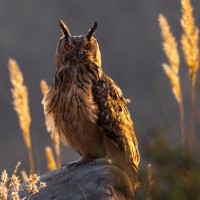 Wild Italy: Venice, the Dolomites, and Bologna CLOSED - Check out Romania & Bulgaria: Black Sea Coast Migration!May 18 - 30, 2025
Wild Italy: Venice, the Dolomites, and Bologna CLOSED - Check out Romania & Bulgaria: Black Sea Coast Migration!May 18 - 30, 2025 -
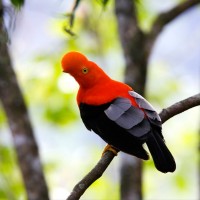 Incredible Ecuador: Chocó GaloreOctober 2 - 11, 2025
Incredible Ecuador: Chocó GaloreOctober 2 - 11, 2025 -
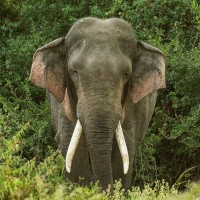 Island of Wonder: Birds & Nature of Sri Lanka FULL - Check out Wild Borneo: Endemic Birding & Nature!November 10 - 22, 2025, w/Mannar Island extension
Island of Wonder: Birds & Nature of Sri Lanka FULL - Check out Wild Borneo: Endemic Birding & Nature!November 10 - 22, 2025, w/Mannar Island extension -
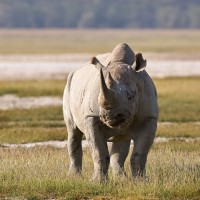 Tanzania: Wildlife & Birding Safari FULL - Check out Southern Tanzania in September 2025!February 9 - 22, 2026, w/Amboseli & Nairobi National Parks extension
Tanzania: Wildlife & Birding Safari FULL - Check out Southern Tanzania in September 2025!February 9 - 22, 2026, w/Amboseli & Nairobi National Parks extension -
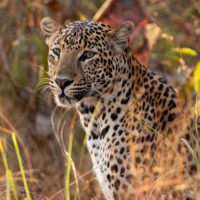 Big Cats & Breathtaking Birds of India FULL - Check out Southern India’s Western Ghats!March 9 - 26, 2026, w/Pallas's Cat extension
Big Cats & Breathtaking Birds of India FULL - Check out Southern India’s Western Ghats!March 9 - 26, 2026, w/Pallas's Cat extension -
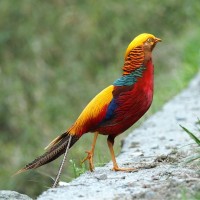 China’s Sichuan Basin & Tibetan Plateau Birding, Wildlife & CultureJune 11 - 26, 2026
China’s Sichuan Basin & Tibetan Plateau Birding, Wildlife & CultureJune 11 - 26, 2026
-
Essential Information +
Pace & Protocols +
Packing List +
Suggested Reading List +
Useful Links +
Photo credits: Banners: Black-billed Mountain Toucan, Blue-throated Starfrontlet, Bay-headed Tanager,Sword-billed Hummingbird Thumbnails: Black-billed Mountain Toucan, Brown-throated Parakeet, Great Sapphirewing, Ringed Kingfisher, Bay-headed tanager, Glossy Flowerpiercer, Sword-billed Hummingbird, Indigo-capped Hummingbird





